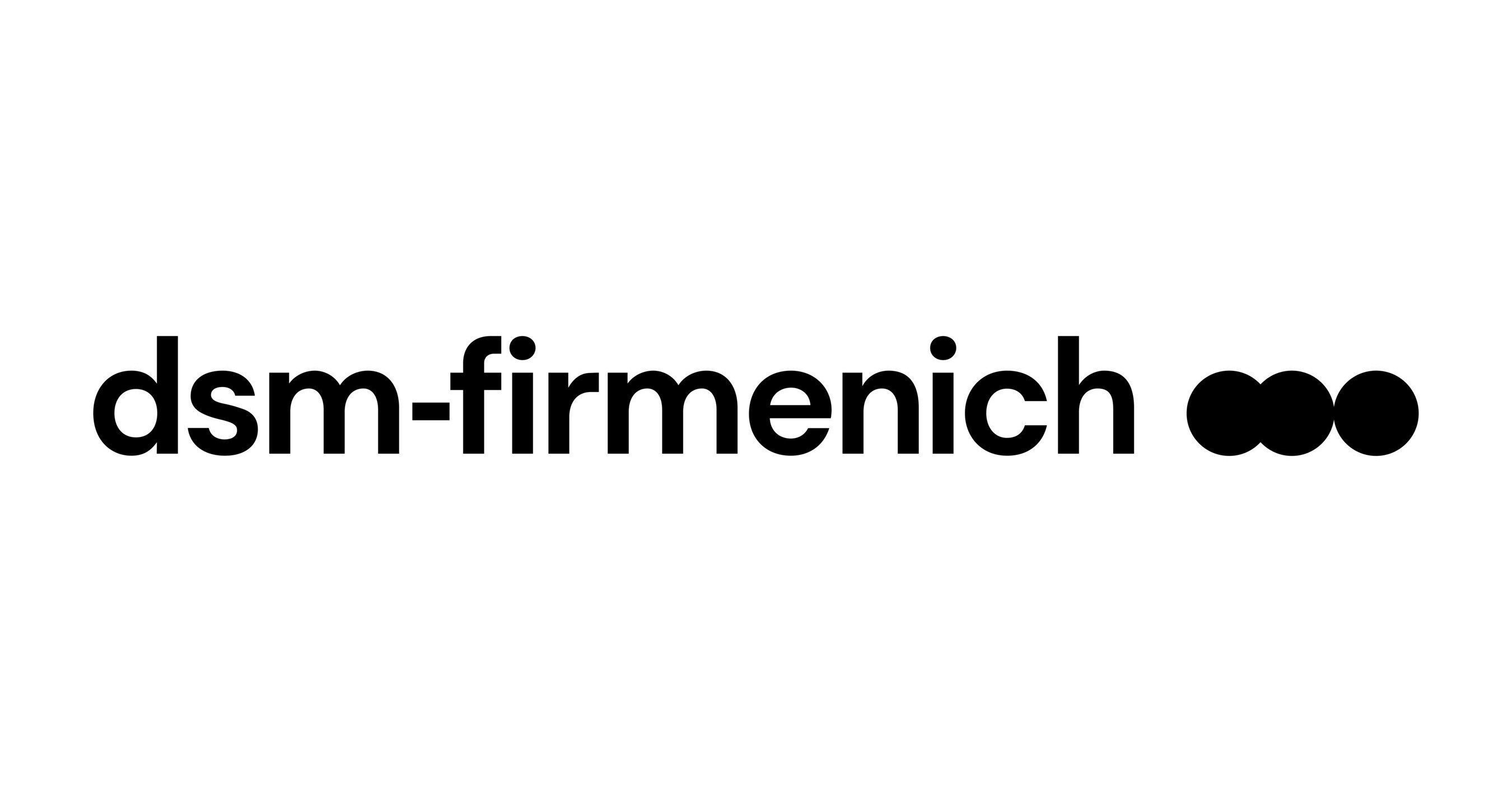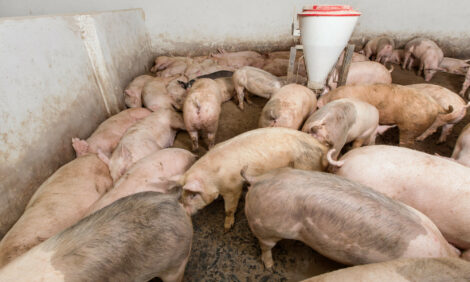



dsm-firmenich Mycotoxin Survey reveals ongoing mycotoxin risks in key regions
Animal Nutrition & Health has released the results of the World Mycotoxin Survey from January to March 2025.Nearly 6,000 samples were collected and analyzed from 70 countries around the world. The results concluded that fumonisins, deoxynivalenol and zearalenone are most frequently found, with the highest regions of mycotoxins found in China and South Asia.
Ursula Hofstetter, Head of Mycotoxin Risk Management at dsm-firmenich stated “Mycotoxins remain a serious and evolving threat to animal health, feed safety, and food security. With changing climate and agricultural practices, understanding global trends is key. These findings once again reinforce the urgent need for effective mycotoxin management to protect animal welfare and ensure the sustainability of feed and protein production.”
The survey also includes further details on:
- Prevalence levels for each mycotoxin in each region
- Global and local risk levels for each mycotoxin
- Risk levels posed to each species
- Comparison of prevalence levels from January-March 2024
- Results from cutting-edge analytical tools: Spectrum Top®50 and Spectrum 380®
About the survey
Each year since 2004, dsm-firmenich has analyzed a large number of feed samples from all around the world to understand and monitor contamination levels of the different mycotoxins in a variety of feed ingredients. This information is shared in the annual dsm-firmenich World Mycotoxin Survey.
Mycotoxins are naturally produced by the fungi that can contaminate feed raw materials in the field and during storage. When ingested by animals, mycotoxins have a wide range of negative effects such as impaired reproduction, digestive disorders, carcinogenicity, and reduced performance.
To download to the dsm-firmenich World Mycotoxin Survey from January to March 2025, follow the link here.









